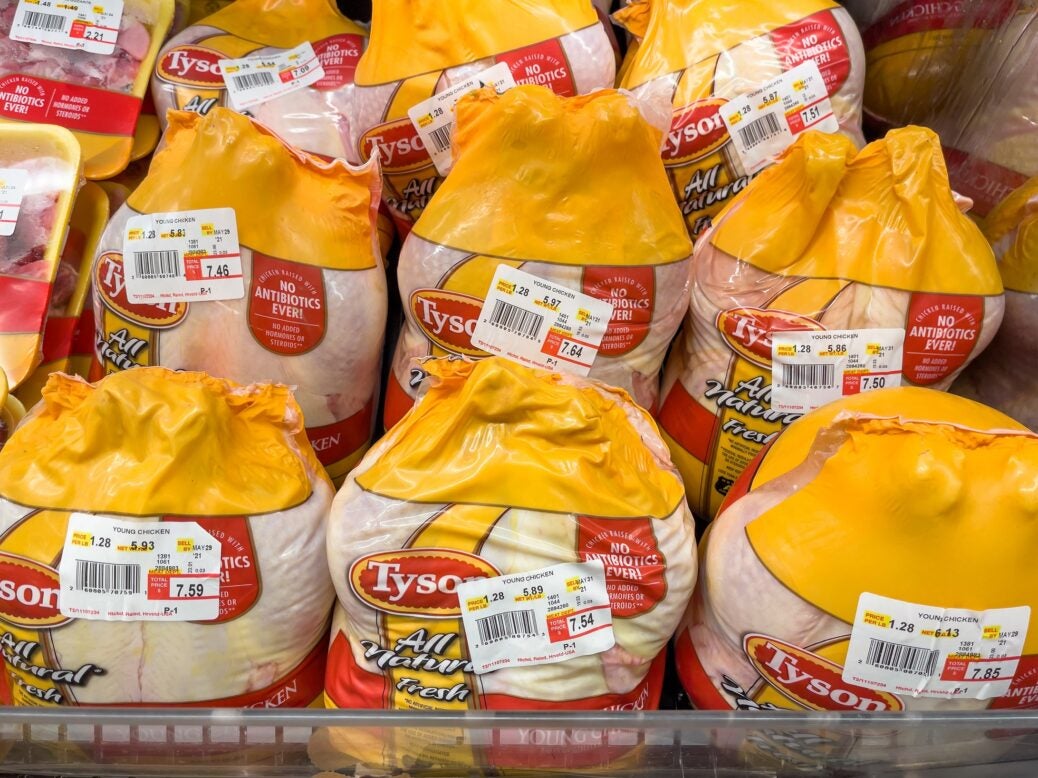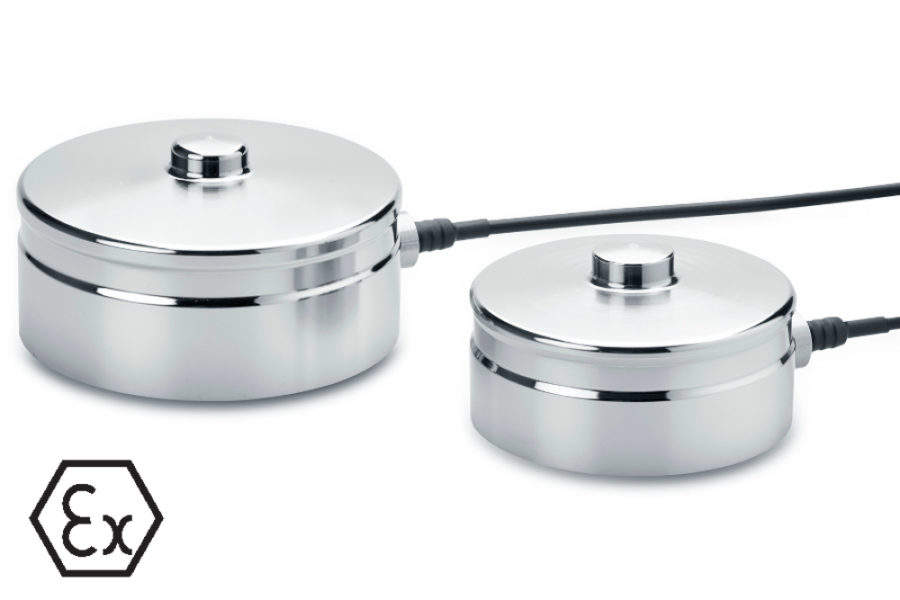
US meat heavyweight Tyson Foods delivered third-quarter results it described as “solid” but which an analyst saw as mixed as pricing initiatives and inflationary pressures competed.
Higher demand for beef and chicken and pricing initiatives pushed sales up by 8.2% to US$13.5bn in the quarter. But adjusted operating income was US$374m lower year-on-year at $998m. Volume was down 1.9%, driven by a 8.5% volume decline in prepared foods due to what CFO Stewart Glendinning described as “supply constraints and a challenging macroeconomic environment impacting consumer demand”.
Operating margin fell to 7.4% of sales from 10.8% a year earlier. The company reduced volume guidance for the full year to “flat”.
CEO Donnie King said: “We delivered solid results during the third quarter, focusing on operational excellence and aggressive cost management. The turnaround of our chicken business continues, and we continue to be the market share leader in many of our retail business lines, which include our Tyson, Jimmy Dean, Hillshire Farm and Ball Park iconic brands.”
Sales in the company’s beef business, its largest, were approximately $5bn for the third quarter, flat versus the same period last year, but up 15% year-to-date at nearly $15bn.
Glendinning told analysts in a post-results call that beef sales were “supported by higher volume but offset by lower average sales price driven by softer consumer demand for premium cuts of beef”.
But he added: “Global consumer demand for beef products remains strong, and we expect volume to continue to improve in the fourth quarter as improved labour participation supports higher plant productivity.”
Its chicken segment sales were $4.4bn for the quarter, up 26%.
“Average [chicken] sales price increased in the quarter compared to the same period last year. Our shift in pricing mechanisms to more variable structures has reduced risk by allowing us to be more agile in response to increasing cost of goods,” Glendinning said.
Pricing across its segments was up 8.1% during the quarter and increases have largely been accepted by consumers, King told analysts: “We are starting to see some elasticity, but I would tell you they’re below what historical elasticity you would expect.”
Analyst Alexia Howard of AllianceBernstein described Tyson’s results as “mixed relative to consensus expectations”.
Commenting on the flat volume guidance for 2022, she said: “While certainly a disappointment, the good news is that this implies a rebound next quarter.”
King said: “We are focused on overcoming the supply chain challenges, running our plants full and reducing our costs.”
Tyson said it is targeting $1bn in productivity savings by the end of FY24 and more than $400m in FY22 relative to a FY21 cost baseline.
Last week, Tyson announced it was investing U$180m in its prepared foods operations.


